
The Acacia dealbata Gauloise, also known as Mimosa, is a beautiful evergreen tree that can grow as both a shrub and a tree and can reach a height of over 3 metres. This plant is originally from Australia and was brought to Europe in the 19th century, where it is mainly grown for its beautiful yellow flowers. The Mimosa has finely feathered silver/green leaves that are very similar to those of the Albizia julibrissin and provides a unique and graceful effect in the garden. This plant prefers full sun and flowers in early spring (March/April) with fluffy yellow flowers that spread a soft sweet and lightly scented fragrance.
The Acacia dealbata Mimosa is a fast grower and can reach a height of 20 metres in the wild, but is usually kept as a potted plant in Northern European countries due to its sensitivity to frost. This plant can be ideal for creating a green hedge or adding height to the garden. The Mimosa adds an exotic look to the garden and attracts butterflies and bees with its beautiful flowers. Due to its winter hardiness, the Acacia dealbata Mimosa can survive even the coldest winters, provided it is planted in a sheltered spot and protected from prolonged frost. With the right care and protection in the winter, you can enjoy this beautiful tree or shrub in your garden for years to come.

The Acacia dealbata - Mimosa - False Sleeping Tree likes a sip of water
The Acacia dealbata Gauloise needs moderate to high watering, especially during the growth period in spring and summer. It is important to keep the soil moist regularly, but make sure that the plant is not too wet to prevent root rot. Check the moisture of the soil regularly by feeling a few centimeters deep with your finger. If the soil feels dry, it is time to water.
When watering, it is important to avoid the leaves of the plant, as this can lead to mold and rot problems. Preferably water at the base of the plant to reach the roots directly. It is better to water occasionally with a large amount of water than regularly with small amounts, so that the water can penetrate deep into the soil and the roots can develop well.
In winter, the Acacia dealbata Gauloise needs less water, because the plant is dormant. Let the soil dry out a bit between waterings, but make sure that the plant does not dry out. Also make sure that the plant does not get wet feet in winter, so adjust the watering to the needs of the plant and the conditions of the environment.
By providing the right water care, you can ensure that the Acacia dealbata Gauloise thrives and you can enjoy its beautiful flowers and green leaves all year round. Pay attention to the needs of the plant and adjust your watering accordingly, so that you can enjoy this special plant for a long time.
Summer
During the summer it is very important that this plant, when it is outside, is kept well moist. Especially during the warm days it should be watered every day, so that the root ball is well moist. On the less warm days this can sometimes be skipped for a few days. This is very important because otherwise the plant 'drinks' moisture from its leaves, causing it to become dry and eventually die. This should of course be prevented.
Winter
When winter is upon us, the rules are reversed! If the Acacia dealbata is outside, it must remain dry, so that the moisture does not freeze and damage the root ball. The Acacia does not suffer from a dry root ball during this period, because it is in a kind of hibernation!
When the plant is kept indoors during the winter it should be kept slightly moist, so not soaking wet (as in summer), but just so that the root ball feels slightly damp.
General rules
In addition to the above guidelines, it is best to follow these rules:
First, water the plant a little. If the soil is dry within 2 days, it means it needs a little more water. Adjust the amount of water until it still feels slightly moist between 2 and 5 days after watering, and almost dry after 5 days. If it feels very wet after 5 days, wait until it is almost dry and water again, but reduce the amount. This way you adjust the watering to your specific plant, its location and circumstances.

Spraying
We recommend that you spray the False Sleeping Tree with water weekly. However, we do not recommend this during warm summer days, so that you do it either in the evening after sunset, or on days when the sun shines little, because the water droplets bundle the incoming sunlight into small points that become very hot. These cause the leaves to dry out, or even burn through.
Aside from the detrimental effect of bright sunlight on wet leaves, misting has beneficial effects for your False Sleeper. Namely, it removes dust from the leaves, allowing them to better absorb sunlight and appear more beautiful, and it deters certain types of pests.

Where is the best place to place the Acacia Mimosa?
The Acacia dealbata Gauloise, also known as the Mimosa, thrives best in a sunny location. This plant loves lots of light and will flower best when exposed to full sun. It is important to plant the Acacia dealbata Gauloise in a sheltered spot, especially in colder climates, to prevent frost damage. It can also help to place young plants close to a wall, so that they stay a few degrees warmer during cold temperatures.
As for the temperature, the Acacia dealbata Gauloise is hardy to zone 10a, which means it can tolerate temperatures down to 0ºC. However, it is advisable to protect the plant from prolonged frost in winter, especially when it is a young plant. Using a layer of bark around the roots can help protect the plant from frost damage.
In terms of humidity, the Acacia dealbata Gauloise has no specific needs. This plant thrives in most garden environments and does not require additional humidity to grow well. By placing the Mimosa in a sunny spot and protecting it from frost, you can fully enjoy the beautiful yellow flowers and fern-like foliage of this beautiful plant.
Light
The Acacia dealbata is a plant that likes sunlight quite a bit. It likes to be in full sun/partial shade the most. Is it indoors? Then it wants a spot near a window or where light comes in. The False Sleeper requires an average of about 1 to 3 hours of direct sunlight per day
Wind
Make sure the Acacia dealbata experiences as little wind as possible. Wind can damage the leaves, causing them to die off more quickly. A little wind is no problem.
Temperature requirements
Minimum -5 ℃

Repotting, why and when?
Repotting the Acacia dealbata Gauloise (Mimosa) is best done in the spring, just after flowering. This is the time when the plant starts to grow actively and develop new roots. If the plant stays in the same pot for too long, the soil can become depleted and the plant can suffer from a lack of nutrients.
It is important to check whether the plant is really ready for a new pot. You can do this by carefully removing the plant from the pot and inspecting the roots. If the roots have grown close together and the pot is completely rooted, then it is time to repot. It is also wise to repot the plant if the plant is getting too big for the pot and is having trouble growing.
When repotting, it is important to choose a pot that is slightly larger than the previous pot, so that the roots have enough room to grow. Make sure you use a good quality potting soil that contains sufficient nutrients. Then place the plant at the same depth as in the previous pot and give the plant plenty of water to ensure that the roots can establish themselves well in the new potting soil.
By repotting the Acacia dealbata Gauloise in time and providing it with sufficient space and nutrients, the plant will remain healthy and can grow and bloom optimally. Repotting is therefore an important part of caring for this beautiful plant.
General rules
When the Acacia dealbata - Mimosa - False Sleeper has taken root (often every 2-3 years) we recommend repotting it in the spring. If it is always inside, it does not matter. If it is outside, it is not a problem to repot it in the summer, but we advise against it in the autumn and winter, because it will not grow and take root optimally. This can make it somewhat weak, and possibly suffer damage from frost.
When you choose to repot your Acacia dealbata - Mimosa - False Sleeper, choose a nice pot that is twice the size of the root ball. Place a layer of hydro grains at the bottom of the new pot for better moisture control. It will be grateful for that. Fill this layer with some Mediterranean potting soil. This type of soil ensures that the Acacia dealbata - Mimosa - False Sleeper roots optimally and is fed. Then you can place the root ball on the ground. Make sure that the top of the root ball is slightly below the edge of the pot. Aim for a difference of 2 to 6 cm. This difference ensures that the water does not run off the root ball when you water it.
Every year you should replace the top layer of soil, because it hardens and 'wears out' in nutrients, due to regular watering and because of the sunlight on the upper edge of the root ball.

Provide the Mimosa False Sleeping Tree with good nutrition
The Acacia dealbata Gauloise has various nutritional requirements to grow and bloom healthily. To ensure that the plant receives sufficient nutrients, it is important to apply organic fertilizers in the spring. These can be mixed with the top layer of soil around the plant. In addition, it is advisable to regularly apply liquid fertilizers during the growing season, so that the plant receives all the necessary nutrients.
Another important nutritional requirement of the Acacia dealbata Gauloise is water. Especially during dry periods, the plant needs extra water to get enough moisture. It is therefore important to water the plant regularly, but make sure that the soil does not get too wet. A good rule of thumb is to check whether the soil is dry before you water it again.
Finally, it is important to provide the plant with sufficient sunlight. The Acacia dealbata Gauloise likes a sunny location where it can get enough light to grow and bloom. So make sure that the plant is in a sunny spot where it can receive at least 6 to 8 hours of sunlight per day. With the right nutrition, water and sunlight, the Acacia dealbata Gauloise will grow and bloom beautifully in your garden.

When the leaves change color
The leaves can get black leaf tips. This can mean that too much water has been released. Brown or yellow leaves can mean that too little water is being released. We then recommend checking this and possibly adjusting the watering. We also recommend making the plant a bit more beautiful by simply cutting off the ugly tips with scissors.
It is also possible that the Acacia has been moved from a place with a lot/little light to a place with a different amount of light. This can also cause the leaves to discolour. The new leaves will be more resistant to direct sunlight.

How and when to prune the Acacia dealbata?
The leaves of the False Sleeper will eventually wither. If this is the case with a leaf, you can simply cut the stem near the trunk. It is not a problem to prune an entire leaf with the stem from the plant.

How can I propagate the Acacia dealbata Mimosa?
Acacia dealbata Gauloise can be propagated by seed or cuttings. Propagating the plant by seed is relatively easy. Sow the seeds in spring in a well-draining potting soil, cover lightly with soil and keep the soil moist. Place the pot in a warm and sunny spot and the seeds will germinate within a few weeks.
Propagating Acacia dealbata Gauloise by cuttings is also possible. To do this, take a young shoot from the plant in the spring and cut it off. Remove the lower leaves and place the cutting in a pot with moist potting soil. Place the pot in a warm and light place and make sure the soil remains moist. The cutting will develop roots over time and grow into a new plant. Propagating Acacia dealbata Gauloise by cuttings can take some time, but the result is worth it for the production of new plants.

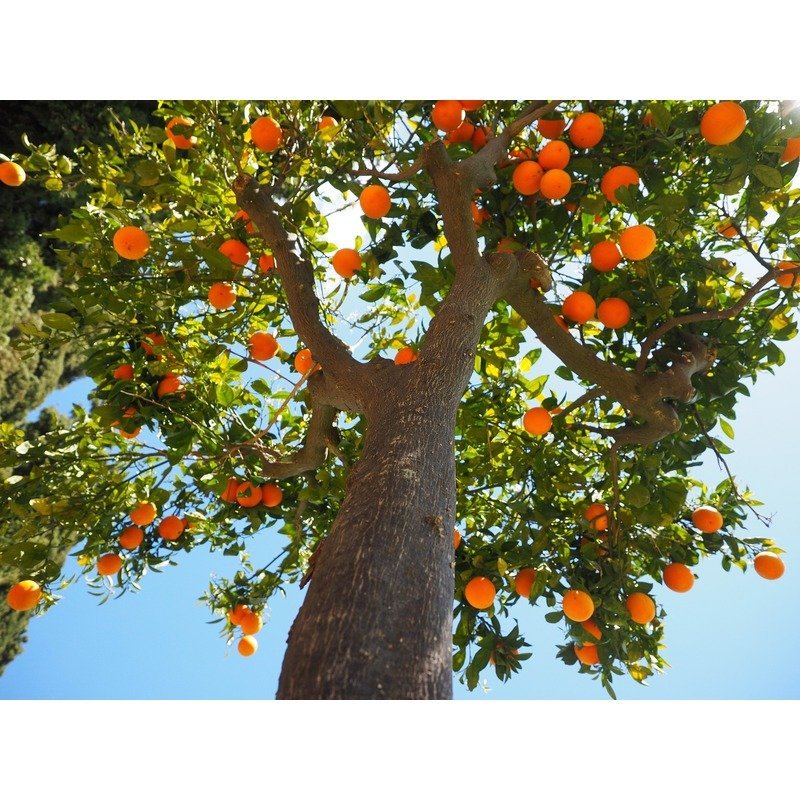
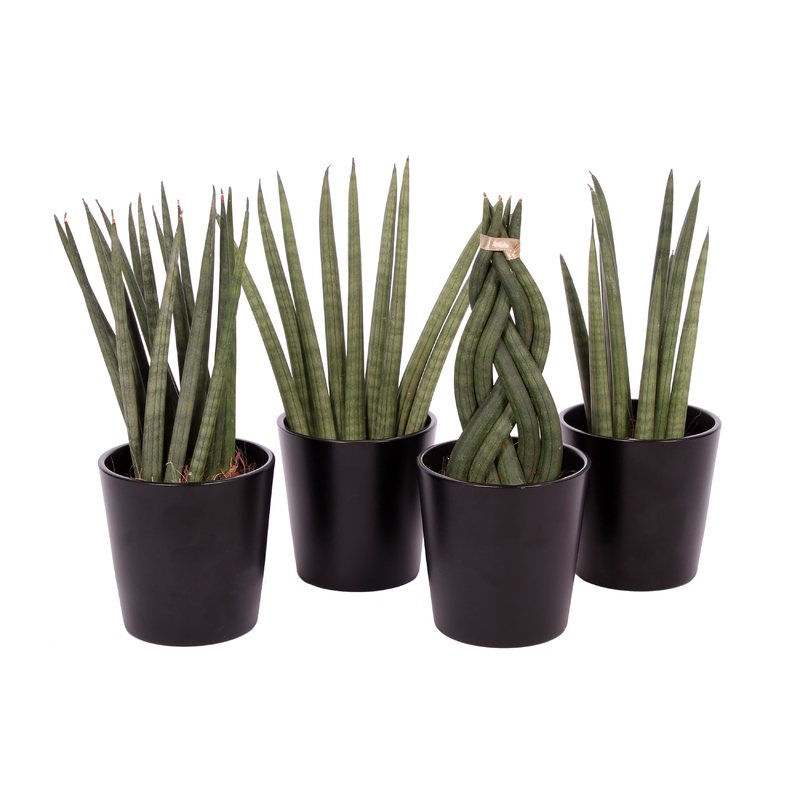
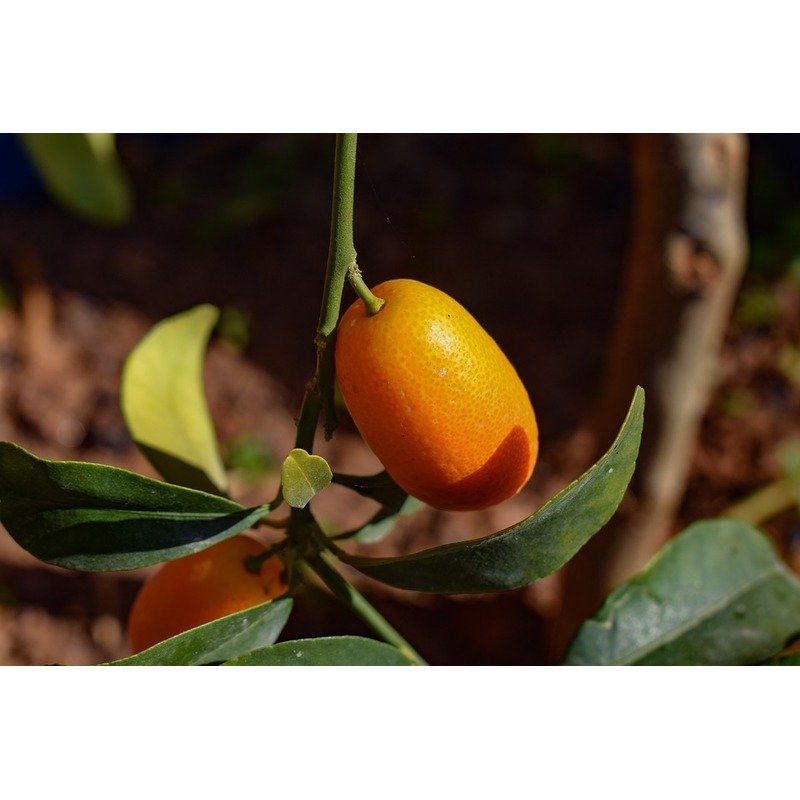
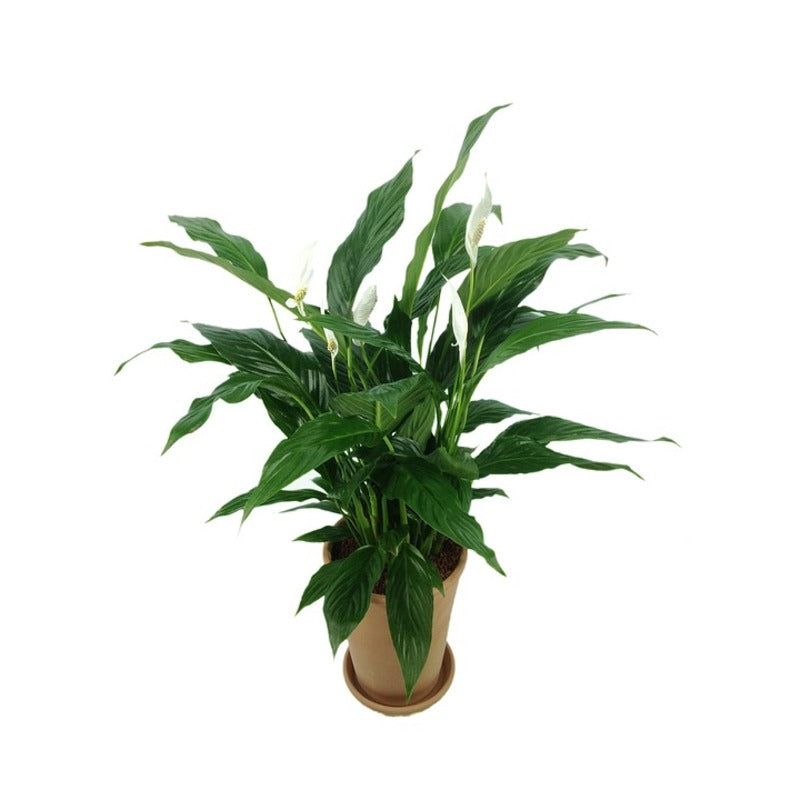
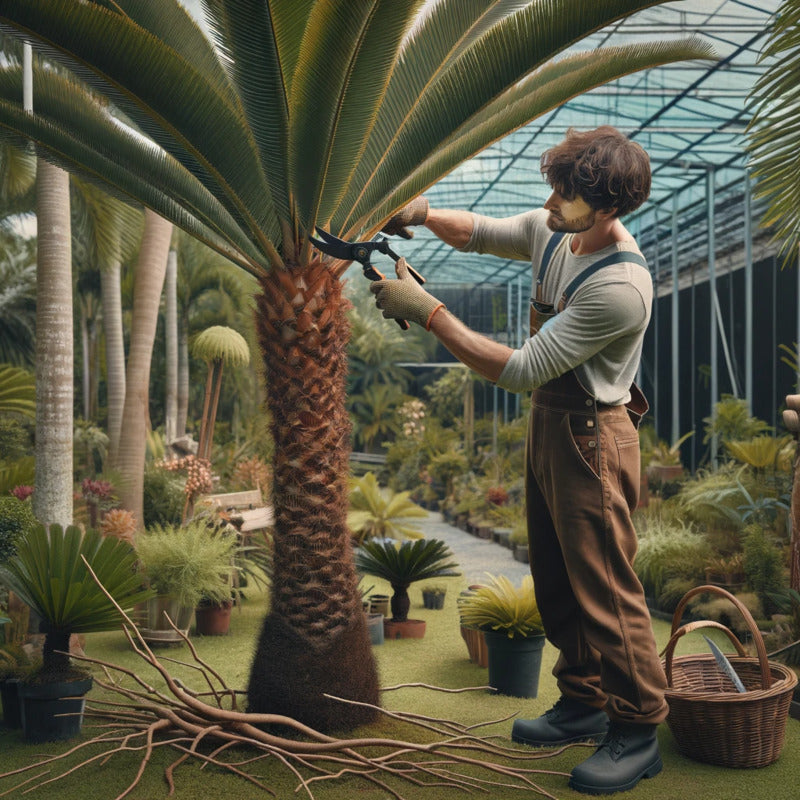


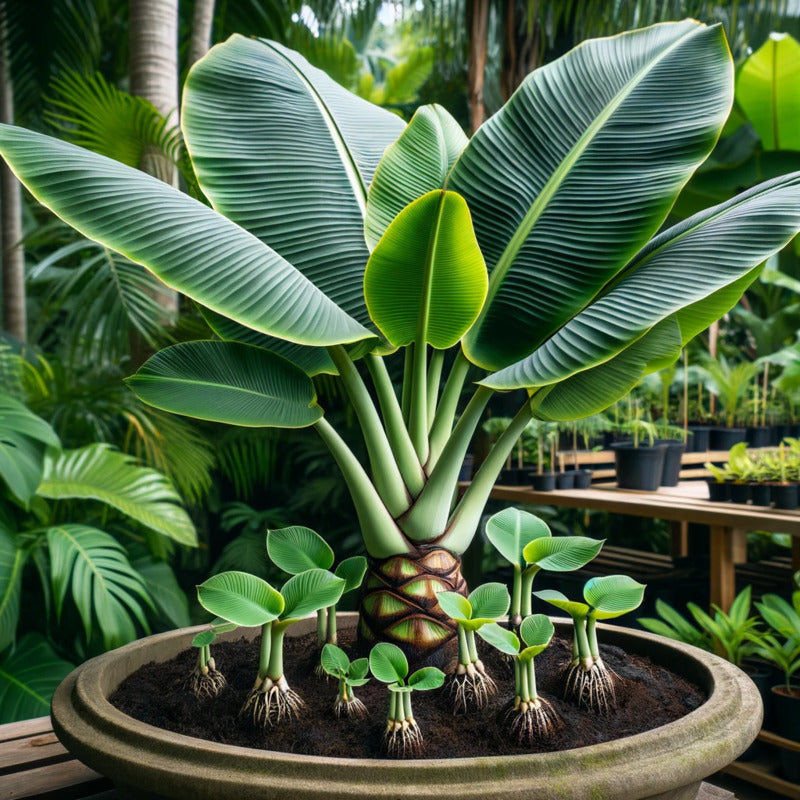

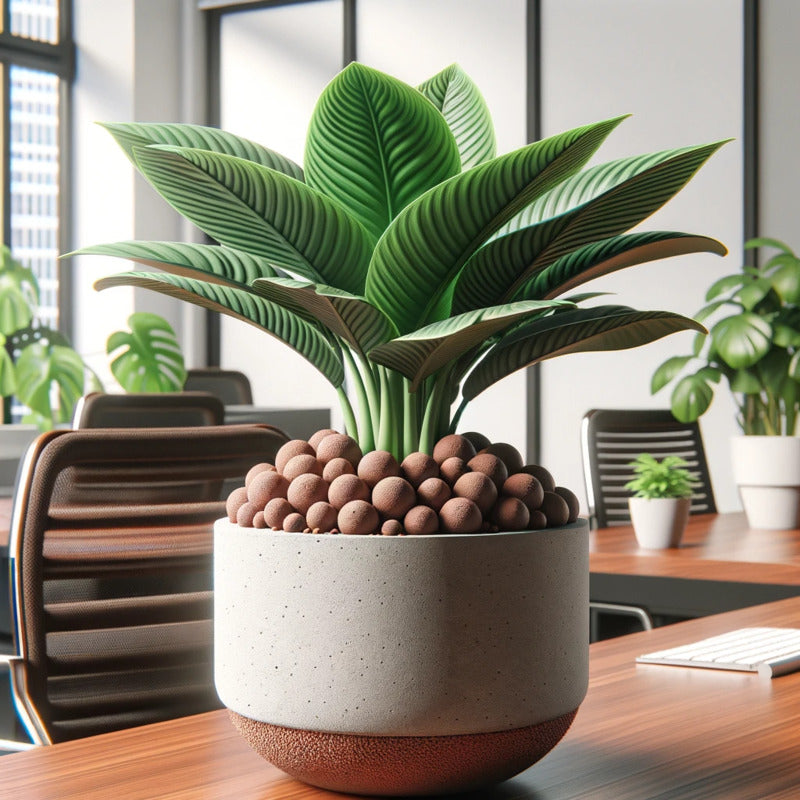

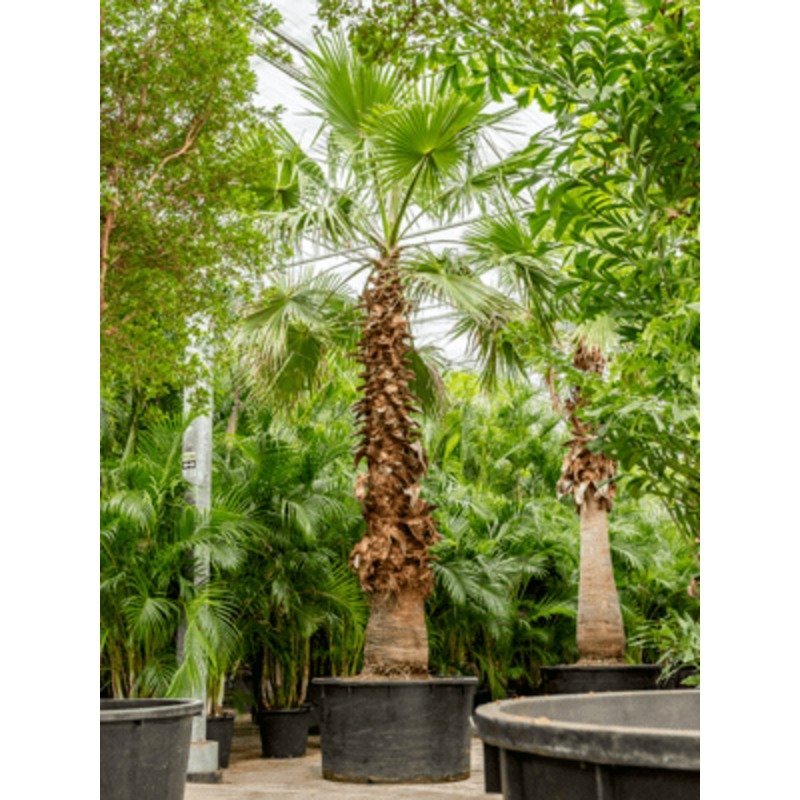
Share:
Musa basjoo - Japanese Fiber Banana
Nerium Oleander